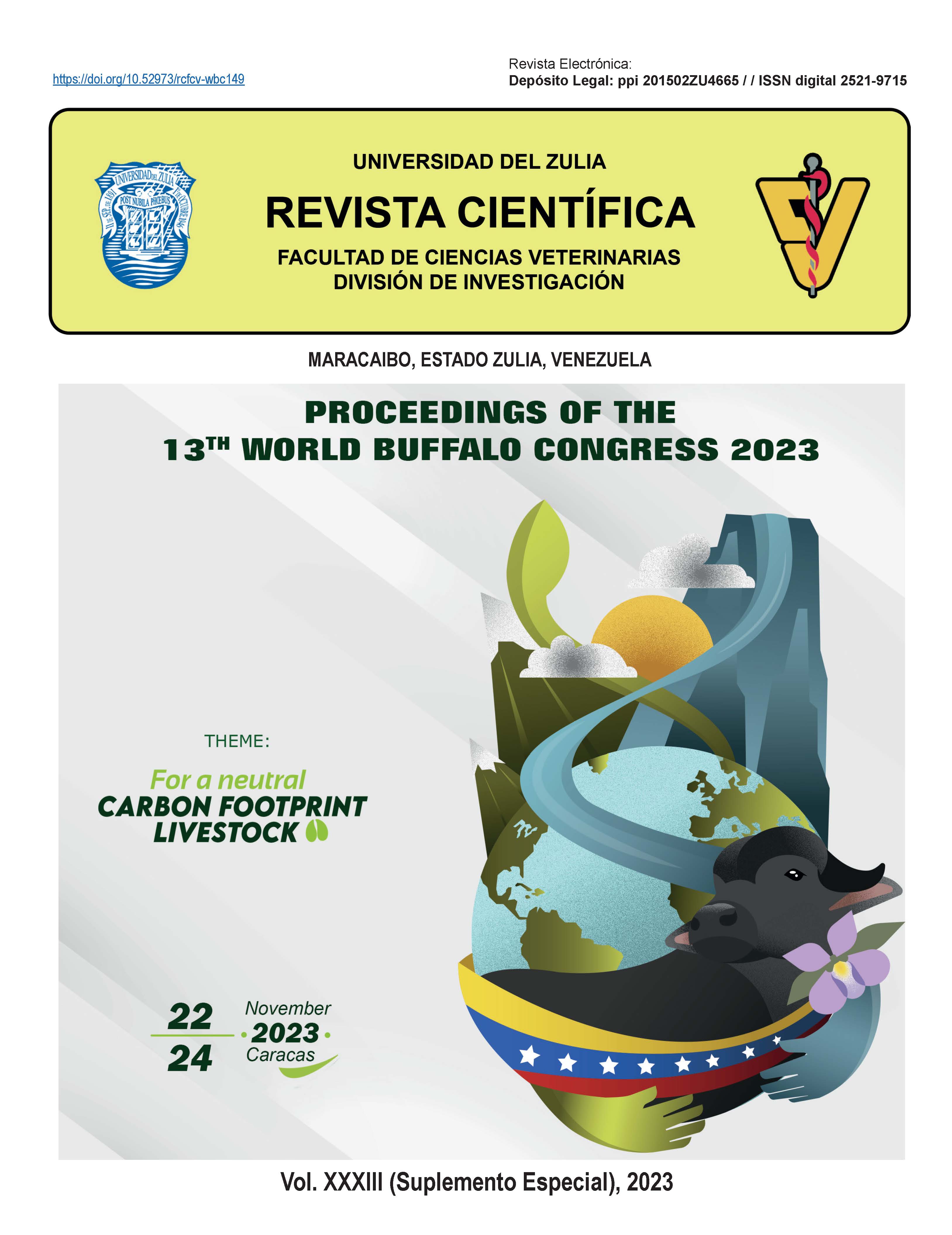Exploring the buffalo whey: a look at nanotechnology in search of strategies for the modern nutraceutical industry
Abstract
Buffalo whey is the most important by-product of the cheese industry. Whey proteins constitute the most exciting component from a technological and economic point of view. They present attractive, functional properties and, similarly to proteins of bovine milk whey, they could also be used as an ingredient (dairy beverages, nutritional supplements) and/or food additives (emulsifier, foaming agent, encapsulant) in novel applications with high-added value, such as nano or microencapsulation. However, buffalo whey has traditionally been used as a raw material for producing ricotta, as animal feed, or well discarded, constituting the main effluent in cheese-making establishments. The use of buffalo whey in novel applications poses a promising scenario, while research is still limited, which warns of endless possibilities.
Downloads
References
Zhang, Q., Zhou, Y., Yue, W., Qin, W., Dong, H., Vasanthan, T., (2021). Nanostructures of protein-polysaccharide complexes or conjugates for encapsulation of bioactive compounds. Trends in Food Science & Technology.
Allahdad, Z., Varidi, M., Zadmard, R., Haertlé, T., Sawyer, L., & Saboury, A. A. (2020). Efficiency of milk proteins in eliminating practical limitations of β-carotene in hydrated polar solution. Food chemistry, 330, 127218.
Bustos, L F, Judis, M A, Vasile, F E and Pérez, O E (2022) Molecular interactions involved in the complexation process between buffalo whey proteins concentrate and folic acid. Food chemistry 396 133734.
Wei, Z., Huang, Q., (2019). Assembly of protein–polysaccharide complexes for delivery of bioactive ingredients: A perspective paper. Journal of agricultural and food chemistry 67(5), 1344-1352.
Hosseini SMH, Emam-Djomeh Z, Negahdarifar M, Sepeidnameh M, Razavi SH & Van der Meeren P (2016) Polysaccharide type and concentration affect nanocomplex formation in associative mixture with β-lactoglobulin. International journal of biological macromolecules. 93, 724-730.
















